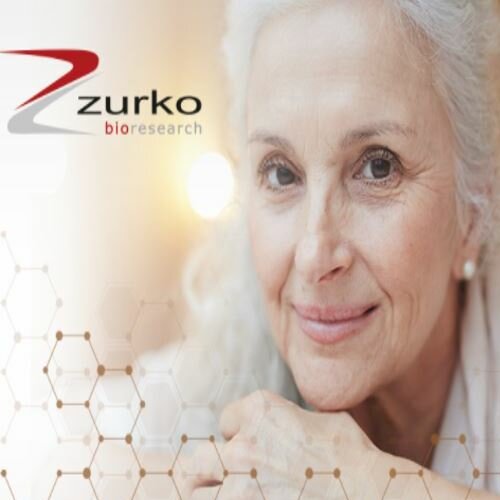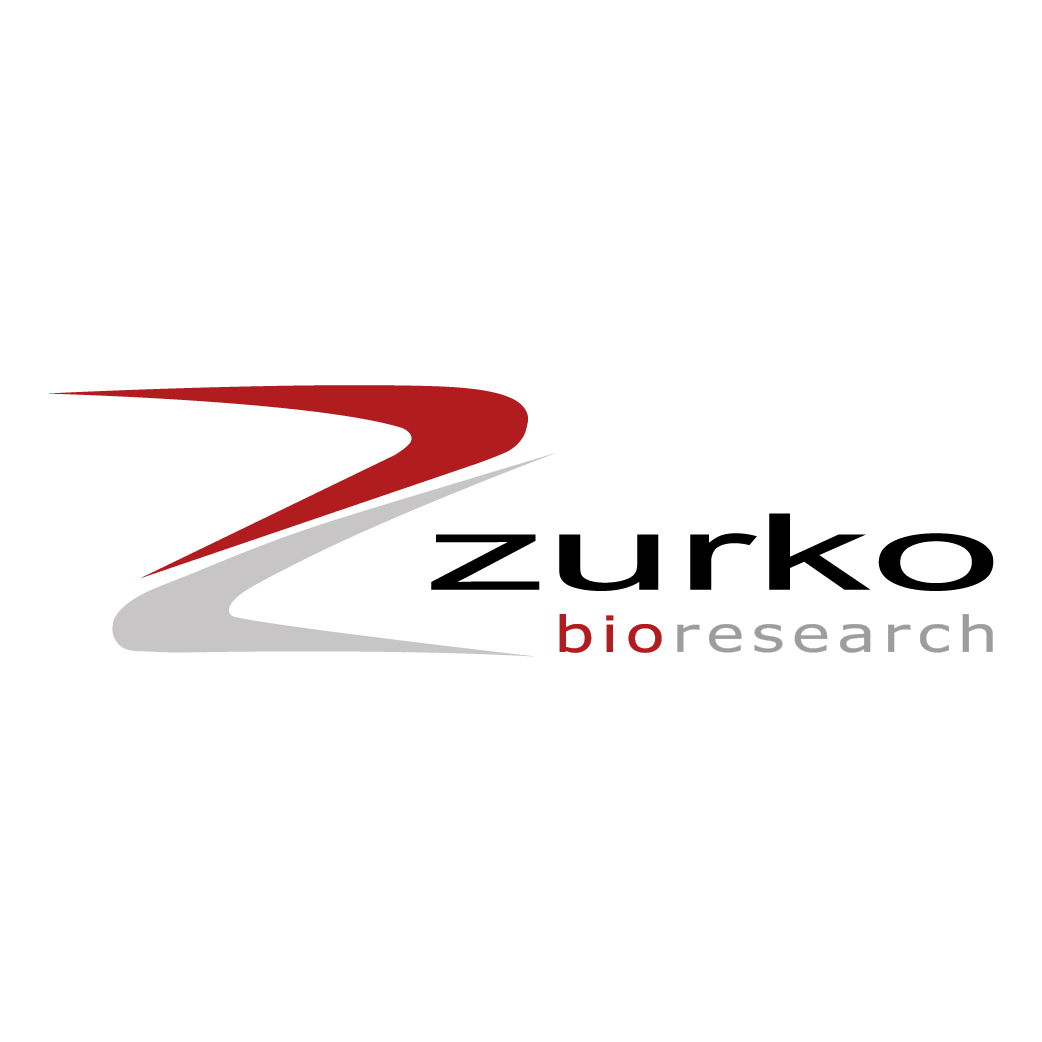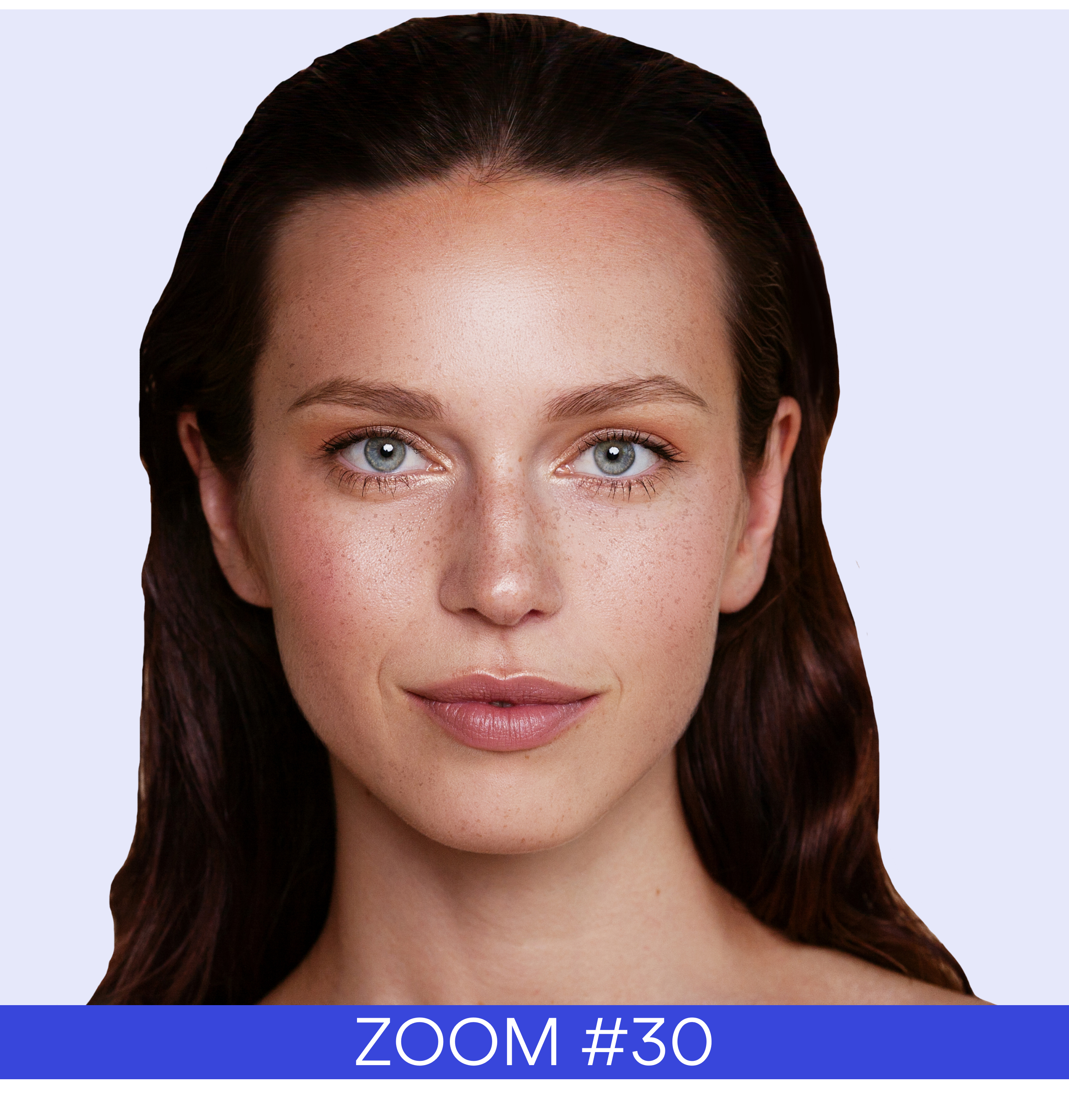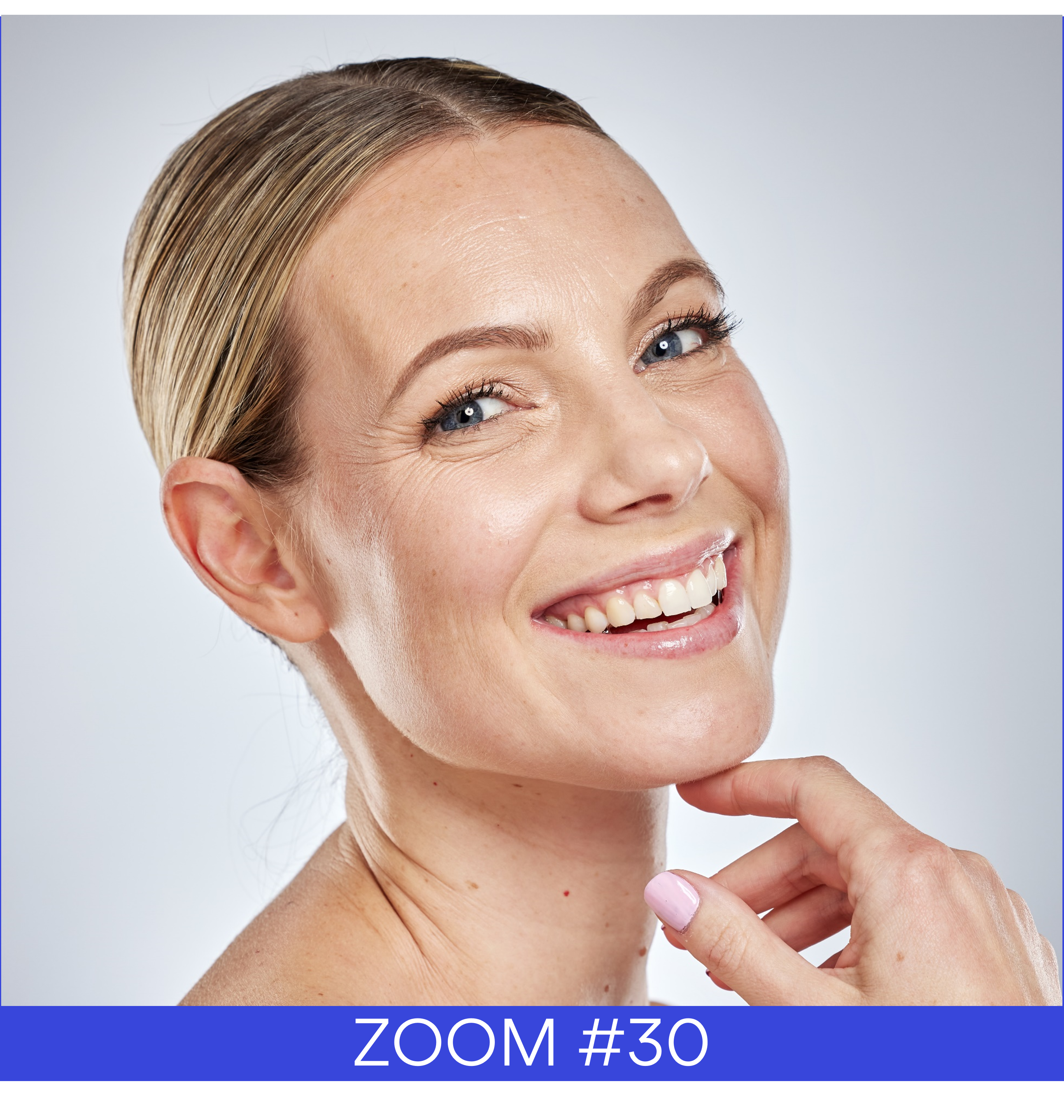The skin aging is characterized by an alteration of structural components of the connective tissue with the consequent appearance of external skin signs, such as wrinkles, loss of elasticity, laxity, rough-textured appearance and heterogeneous pigmentation. Despite the fact that aging signs are visible on the surface of the skin, the core of skin health comes from inside.Most of these skin aging signs are triggered by disorganization or damage of the skin structures partly due to a lack of collagen and elastin, and the changes induced by their oxidation, but also by the decrease of cell proliferation in the epidermis (also known as cell senescence).
Anti-aging cosmetic products targeting skin aging must be capable to address at least one of the previously mentioned aspects, as the claim is not well defined. Demonstrating the intended claim can be a complex matter given the number of possibilities.The in vitro approach provides an in-depth knowledge of the physiological interaction of the cosmetic active with the cells and their processes. A number of these assays are performed on fibroblasts because of their ability to produce most of the key aging-related substances.
A typical setup would compare the amount of collagen, elastin and/or hyaluronic acid in cells treated with the product or not. Other important claim is the increase of cell renewal or cell proliferation of fibroblasts, but also of keratinocytes, which form the outer layer of the skin and are more exposed to the environment aggressions.The antioxidant activity does not improve aging itself but decreases the aging speed by playing a protective role. Assessment of this activity in cells is usually performed by quantifying the reactive oxygen species (ROS).
Most of the in vitro tests can be made in epidermal reconstructed tissue. This model replicates the different layers of the skin and therefore, introduces additional variables without the need of clinical testing.In vivo assays also offer a great number of possibilities and have the advantage of being performed in humans. The main objective of anti-aging products is the reduction of wrinkles, which we can evaluate with the use of the Primos equipment, since it is usually one of the most visible effects.
We must also focus on other variables altered by aging, such as loss of skin density, for which we can use the Ultrascan equipment, loss of firmness and elasticity evaluated with the Cutometer tube, irregular pigmentation, by quantification of melanin and erythema with Mexameter equipment or assessment of skin dryness with Corneometer. All these data can also be supported visually using VISIA equipment.
Combining in vitro and in vivo tests is essential to consolidate a claim, since we obtain conclusions supported by sufficient scientific evidence.
CONTACT
Sabina Giovannini
sabina.giovannini@zurkoresearch.com
Zurko Research SL Madrid
Ph. +34 600 43 63 13
Madrid: 110 Almansa St. Door 18. 28040 – Madrid, Spain.










 Follow us on Linkedin!
Follow us on Linkedin!
You must be logged in to post a comment.